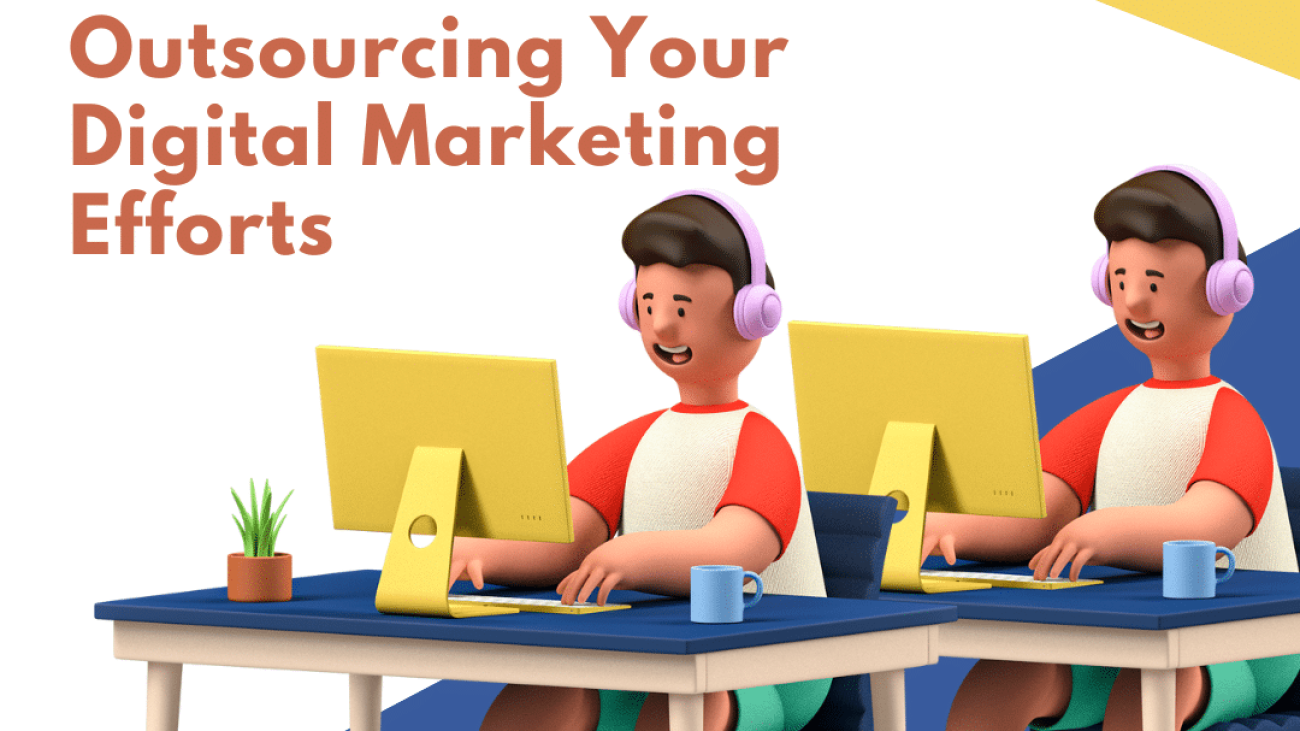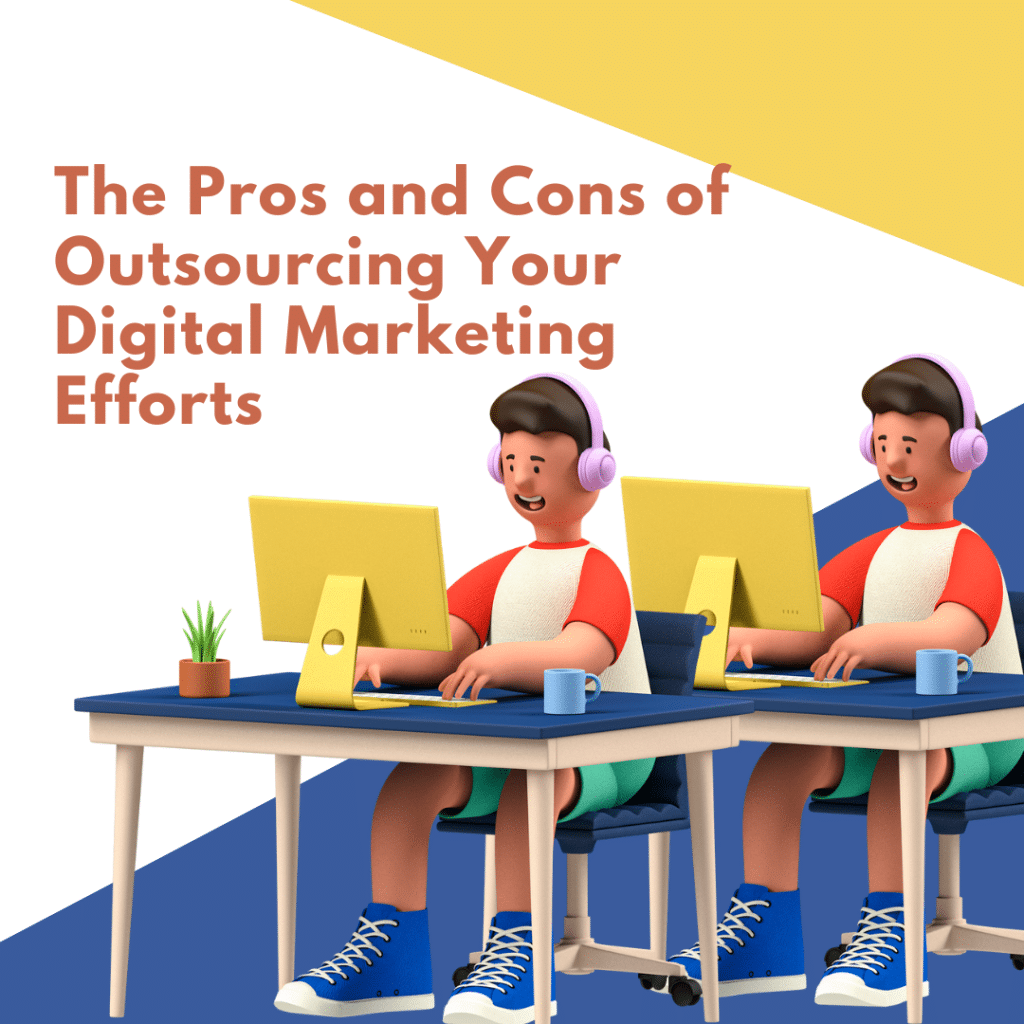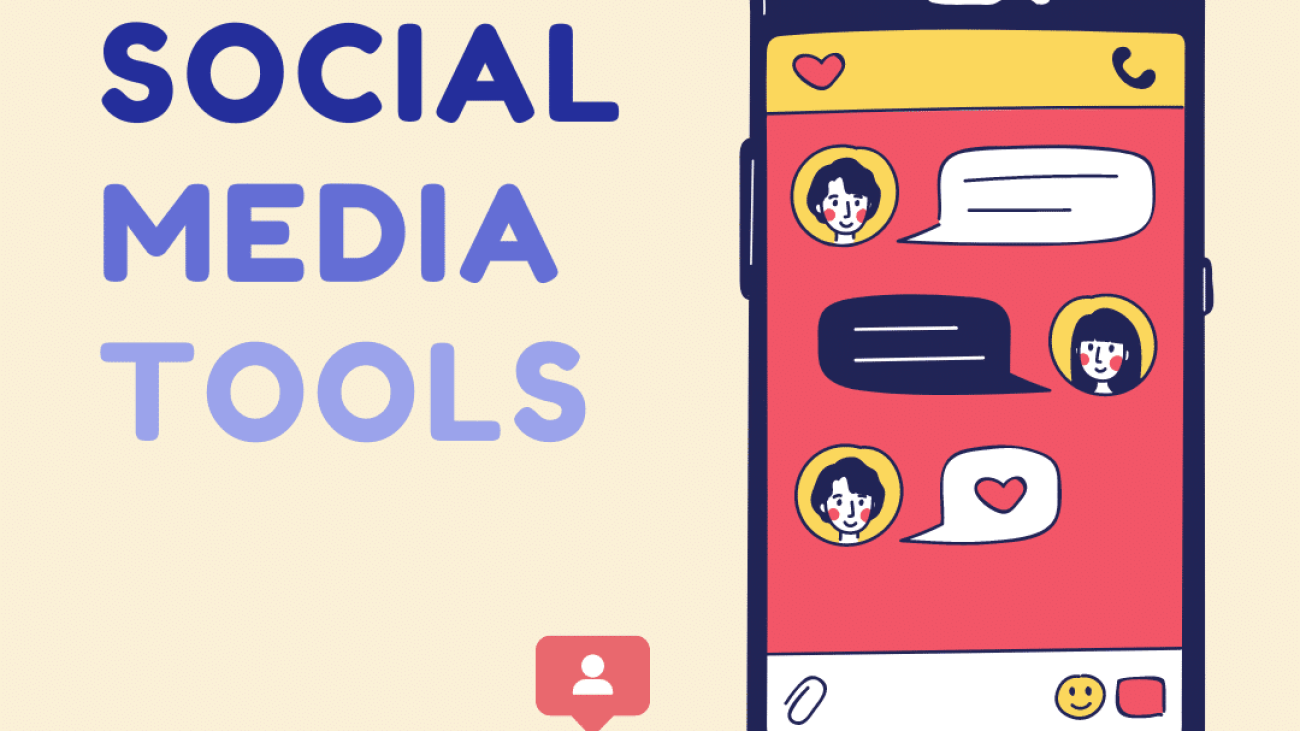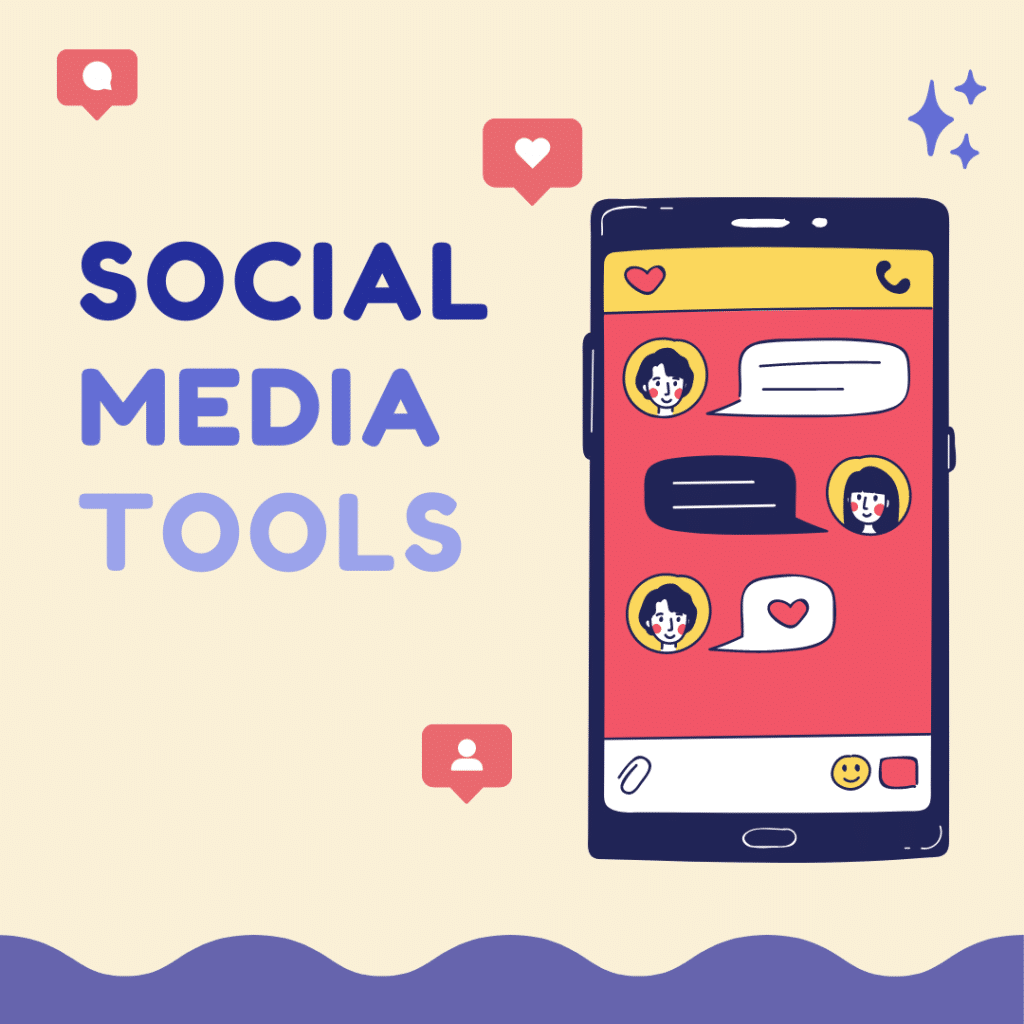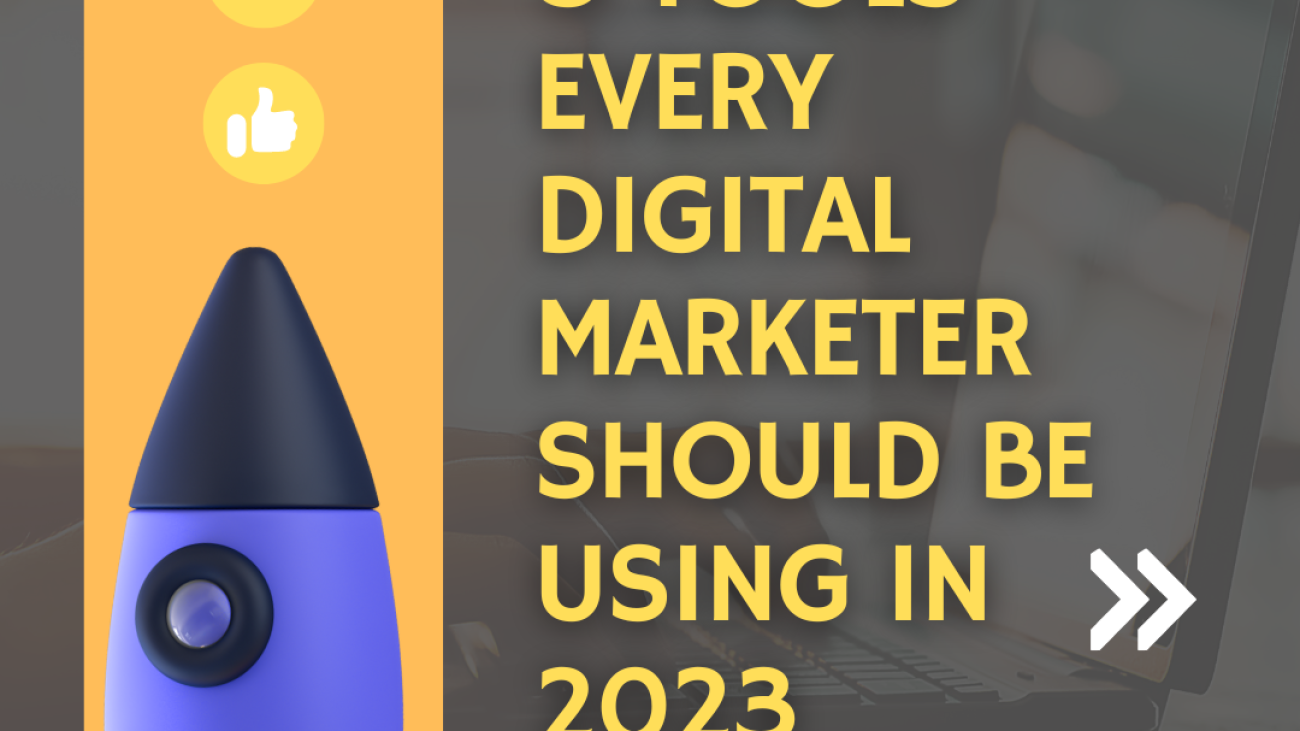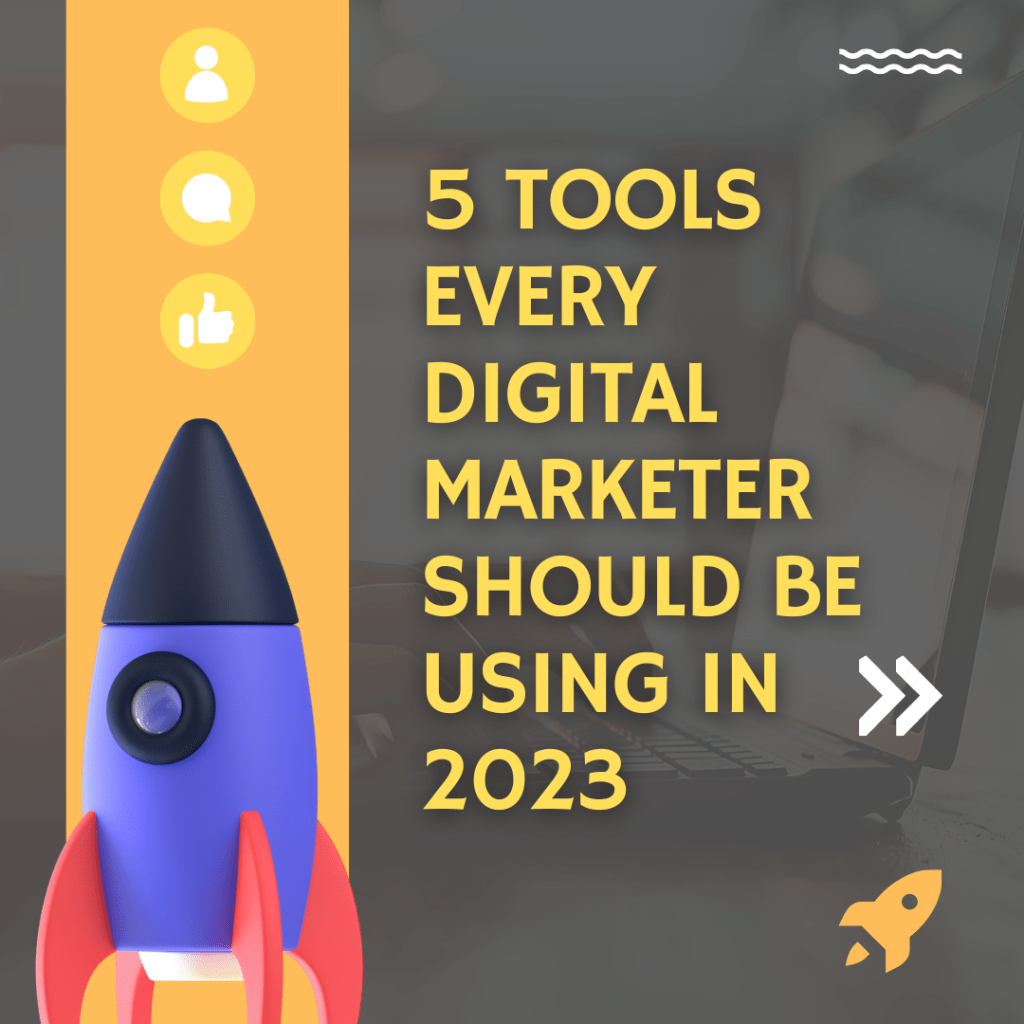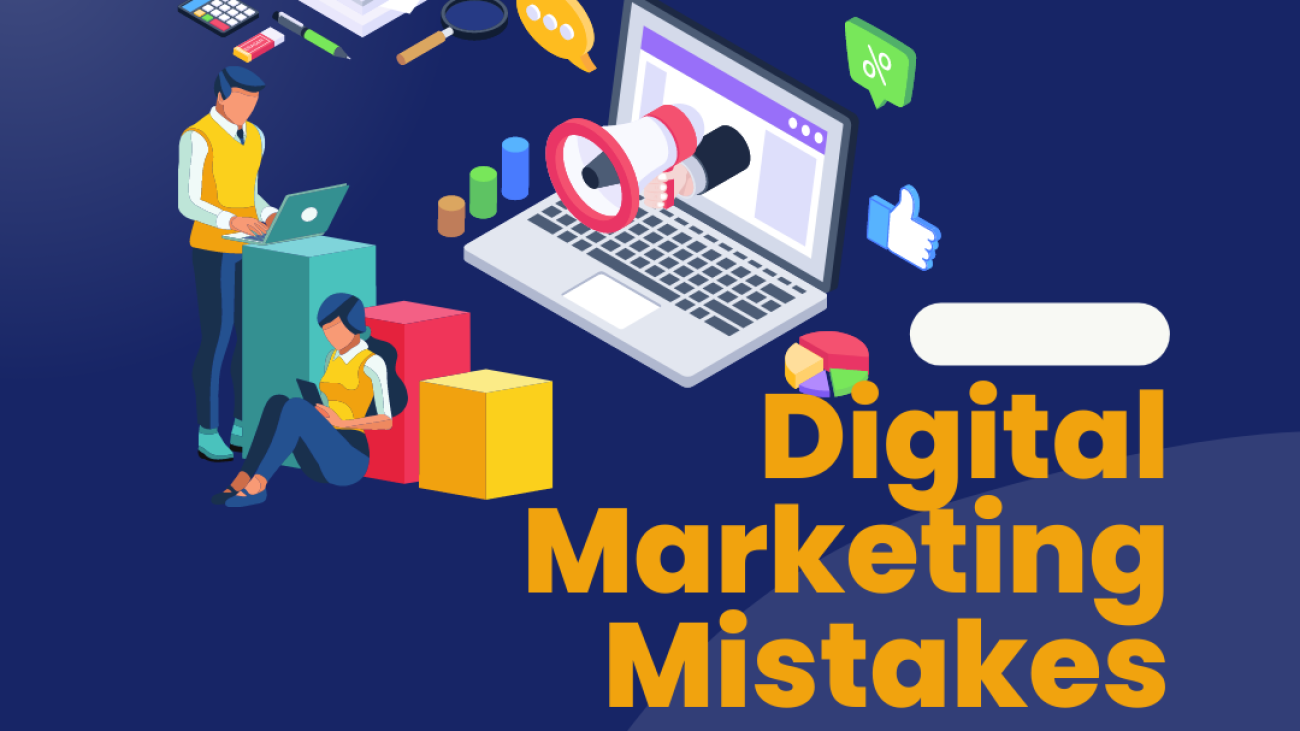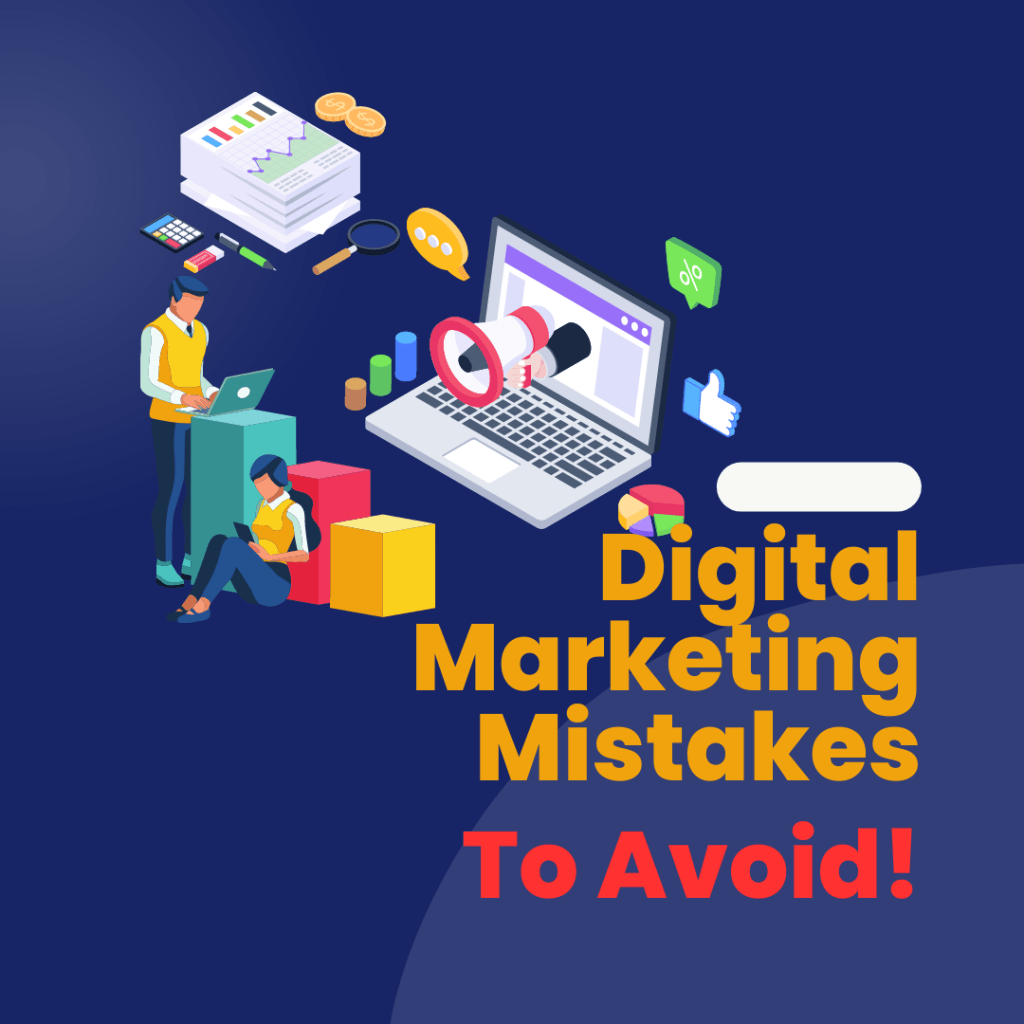Capturing and engaging consumers has become increasingly difficult for businesses in the digital age when they are continuously bombarded with information and advertisements. It is critical to employ new marketing methods that resonate with your target demographic in order to stand out in this crowded space. Storytelling is one such strong approach. In this post, we will look at how brand storytelling can transform your digital marketing strategy and engage with your customers on a more personal level.
Table of Contents
- Understanding the Power of Storytelling
- What is storytelling?
- The Emotional Connection
- Making your brand memorable
2. The Impact of Storytelling on Digital Marketing
Captivating Your Audience
- Creating Brand Identity
- Building trust and authenticity
3. Crafting compelling narratives
- Knowing your audience
- Identifying your brand’s core values
- Structuring Your Story
4. Leveraging Storytelling Across Digital Channels
- Website and landing pages
- Social media campaigns
- Email Marketing
- Video Content
- Influencer Collaborations
5. Measuring the Success of Your Storytelling Campaigns
- Tracking Engagement Metrics
- Analysing Conversion Rates
- Gathering customer feedback
6. Overcoming Challenges and Pitfalls
- Balancing Creativity and Brand Messaging
- Adapting Stories to Different Platforms
- Ensuring Consistency
7. Case Studies: Successful Storytelling in Digital Marketing
- Brand A: How a Compelling Narrative Boosted Sales
- Brand B: From Obscurity to Recognition through Storytelling
8. Conclusion
9. FAQs (Frequently Asked Questions)

Understanding the Power of Storytelling
What is storytelling?
The art of communicating a message or information using a narrative structure is known as storytelling. It appeals to our inherent desire for stories and resonates with our emotions, making it an effective instrument for communication.
The Emotional Connection
Storytelling builds an emotional bond between a brand and its audience. It develops empathy, rapport, and a sense of shared experience. People are more likely to recall and build a good association with a brand when they emotionally engage with it.
Making your brand memorable
You can make your brand more memorable by including a narrative in your digital marketing approach. People recall stories more easily than facts and numbers. When your brand is associated with a compelling narrative, it becomes more than just a product or service; it becomes a memorable experience.
The Impact of Storytelling on Digital Marketing
Captivating Your Audience
Capturing your audience’s attention in a sea of content is a daily battle. Storytelling may help you cut through the clutter and captivate your intended audience. A well-crafted story may catch your audience’s interest, elicit emotions, and keep them enthralled from start to finish.
Creating Brand Identity
Storytelling allows you to shape the identity of your brand. You may differentiate yourself from competitors and build a distinct identity in the eyes of your customers by sharing stories that relate to your brand’s values, mission, and vision.
Building trust and authenticity
In any customer-brand relationship, trust is essential. By showing the human aspect of your brand, storytelling allows you to develop trust. You establish honesty and credibility by sharing authentic stories.
Crafting compelling narratives
Knowing your audience
It is important to understand your target audience before going into storytelling. Conduct extensive research to learn about their demographics, interests, and problems. This insight will assist you in tailoring your story to their wants and desires.
Identifying your brand’s core values
The core values of your brand serve as the foundation for your storytelling. Define your brand’s core values, mission, and mission statement. Include these aspects in your narratives to build a unified and authentic brand story.
Structuring Your Story
A well-structured story includes an introduction, increasing action, climax, declining action, and resolution. Begin with a hook to get people’s attention, then bring conflict or problems, and finish with a resolution that is consistent with your brand’s message or product offering.
Leveraging Storytelling Across Digital Channels
Website and landing pages
Your website and landing pages function as your brand’s digital shop. Incorporate intriguing storytelling into the language and design of your website. Use storytelling to guide customers through their customer journey, keeping them interested and motivated to act.
Social media campaigns
Social media platforms are an excellent venue for storytelling. Create engaging posts, videos, and photos that correspond to your brand’s stories. Encourage user-generated content to build a community around your business, thereby enhancing the power of storytelling.
Email Marketing
Email marketing provides a personal and direct route of communication with your target audience. Create emotional connections with your readers by crafting storytelling emails. Create a bond with your readers by sharing customer success stories, product narratives, or behind-the-scenes insights.
Video Content
Videos are a fantastic medium for telling stories. Make interesting video content that tells a story about your company, products, or consumers. To trigger emotions and make a lasting impact, use pictures and music to leave a lasting impression.
Influencer Collaborations
Working with influencers that share your brand’s beliefs might help you extend your storytelling efforts. Engage influencers to offer their firsthand knowledge of your company, products, or services. Their genuine stories might have a huge impact on your audience’s views and trust.
Measuring the Success of Your Storytelling Campaigns
Tracking Engagement Metrics
To determine the effectiveness of your storytelling efforts, track engagement indicators like likes, comments, shares, and click-through rates. Analyse which articles are most popular with your target demographic and tailor your future promotions accordingly.
Analysing Conversion Rates
Conversions will ultimately determine the success of your digital marketing approach. Measure the impact of your storytelling activities on conversion rates, whether they are aimed at generating sales, acquiring leads, or raising subscriptions. Analyse the data to improve the effectiveness of your storytelling technique.
Gathering customer feedback
Direct feedback from clients is priceless. Encourage people to contribute their opinions and experiences about the story of your brand. Surveys, reviews, and social media interactions can be used to gather information and make changes to your narrative strategy.
Overcoming Challenges and Pitfalls
Balancing Creativity and Brand Messaging
While storytelling allows for creativity, it is critical to establish a balance between stories that are appealing and brand messaging consistency. Make sure your stories convey the appropriate message while also reinforcing your brand’s values and identity.
Adapting Stories to Different Platforms
Each digital platform has its own dynamics and limitations. Adapt your storytelling to fit the specific platform while maintaining consistency in your brand’s narrative. Tailor the content format, length, and tone to maximise its impact on each platform.
Ensuring Consistency
In storytelling, consistency is important. Maintain consistency in your brand’s message across all digital channels and touchpoints. Consistent storytelling reinforces your brand’s identity while also fostering trust and recognition among your target audience.
Case Studies: Successful Storytelling in Digital Marketing
Brand A: How a Compelling Narrative Boosted Sales
Brand A, an online clothing retailer, implemented a storytelling campaign that highlighted the journey of a fashion designer overcoming challenges to create a sustainable clothing line. By sharing this inspiring narrative across their website, social media platforms, and email marketing, Brand A connected with their environmentally conscious audience. The storytelling campaign not only increased brand awareness but also resulted in a significant boost in sales and customer loyalty.
Brand B: From Obscurity to Recognition through Storytelling
Brand B, a small skincare startup, struggled to gain visibility in a competitive market. By leveraging storytelling, they shared the personal stories of individuals who had experienced positive transformations in their skin health. Through engaging videos and social media campaigns, Brand B created a community around their brand, fostering trust and authenticity. This storytelling approach helped them rise from obscurity to become a recognised brand in the skincare industry.
Storytelling has the power to transform your digital marketing strategy by creating emotional connections, capturing attention, and building brand identity. By crafting compelling narratives that align with your audience’s values, you can engage and inspire them, ultimately driving conversions and customer loyalty. Remember to adapt your storytelling to different digital channels, measure its success, and maintain consistency throughout your brand’s narrative.
FAQs (Frequently Asked Questions)
1. How can storytelling benefit my digital marketing strategy? Storytelling can benefit your digital marketing strategy by creating an emotional connection with your audience, making your brand more memorable, and building trust and authenticity.
2. How do I craft compelling narratives for my brand? Crafting compelling narratives involves knowing your audience, identifying your brand’s core values, and structuring your stories effectively to engage and resonate with your target audience.
3. Which digital channels can I leverage for storytelling? You can leverage various digital channels, such as your website and landing pages, social media platforms, email marketing, video content, and influencer collaborations, to incorporate storytelling into your digital marketing strategy.
4. How can I measure the success of my storytelling campaigns? You can measure the success of your storytelling campaigns by tracking engagement metrics, analysing conversion rates, and gathering customer feedback through surveys, reviews, and social media interactions.
5. What are some challenges in implementing storytelling in digital marketing? Challenges in implementing storytelling include balancing creativity and brand messaging, adapting stories to different platforms, and ensuring consistency in your brand’s narrative across all channels.










